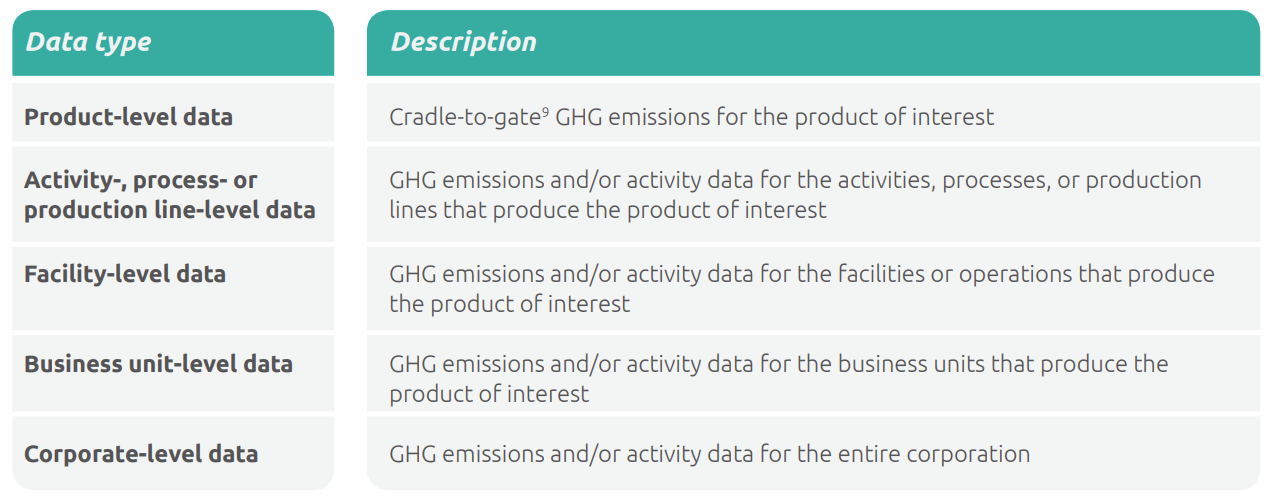Supplier engagement: A key to value chain decarbonisation
Supplier engagement: A key to value chain decarbonisation
As organisations strive to decarbonise and future-proof their operations, one challenge stands out above the rest: tackling emissions that lie beyond their direct control. These so-called Scope 3 emissions – those generated across the value chain, from suppliers to end-users – often account for the vast majority of a company’s carbon footprint, sometimes exceeding 90 per cent of total greenhouse gas emissions.
Addressing Scope 3 is not just a matter of compliance or reporting; it’s about recognising that the greatest risks and opportunities for climate action are found upstream and downstream, in the complex web of relationships that define modern business. For companies serious about sustainability, engaging suppliers is no longer optional; it’s the key to unlocking meaningful decarbonisation across the entire value chain.
Why supplier engagement matters
In today’s interconnected economy, the majority of a company’s carbon footprint often lies upstream, embedded in the raw materials, products, and services sourced from suppliers. For sectors reliant on complex supply chains or energy-intensive inputs, supplier engagement becomes not just a sustainability initiative but a strategic imperative.
By actively partnering with suppliers to reduce emissions, organisations can unlock multiple benefits: lowering their overall carbon footprint, building more resilient and collaborative supply chain relationships, mitigating climate-related risks, and fostering innovation that drives long-term value. Besides, a robust supplier engagement strategy can help organisations stay ahead of regulatory requirements and stakeholder expectations, positioning them as leaders in the transition to a low-carbon economy.
Is supplier engagement right for your organisation?
Not every organisation will need a supplier engagement strategy, but for those with significant supply chain emissions, it’s often the most effective path to decarbonisation. If your company’s footprint is dominated by categories such as Purchased Goods and Services, Capital Goods, or Upstream Transportation and Distribution, engaging suppliers becomes essential.
The Science-Based Targets Initiative (SBTi) provides a clear framework for setting supplier emission reduction targets. Their guidance helps organisations evaluate which suppliers to prioritise, implement meaningful goals, and track progress over time. The first step is to identify key suppliers whose activities have the greatest impact on your emissions profile, then collect robust data to monitor and support their future reductions.
By taking a targeted approach, organisations can focus resources where they matter most, driving measurable change across the value chain.
Steps to launch a supplier engagement strategy
- Map your emissions and identify key suppliers: Begin by understanding your Scope 3 emissions profile. Use GHG Protocol guidance to prioritise which categories and suppliers to focus on. Collecting primary data directly from suppliers will provide the most accurate picture of your emissions and any reductions they are achieving.
- Prioritise data collection: Convert financial information into greenhouse gas emissions using spend-based factors. Prioritise suppliers and activities based on:
- Your organisation’s influence over them
- Their contribution to your risk exposure
- Stakeholder priorities
- Sector-specific guidance
- Additional criteria relevant to your company or industry
- The presence of GHG- or energy-intensive materials or activities in your value chain.
- Partner with suppliers to collect primary data: Once you’ve identified priority suppliers, engage with them, starting with tier 1 suppliers (those you purchase from directly). Request product-level, activity-level, or facility-level data as appropriate. Clear communication and collaboration are key to obtaining reliable information.
Depending on your objectives and supplier capabilities, you may collect GHG emissions data at different levels. The table below summarises the main data types and their descriptions.

Overcoming data collection challenges
Collecting reliable greenhouse gas emissions data from suppliers is often one of the most difficult aspects of launching a supplier engagement strategy. Organisations frequently encounter obstacles such as inconsistent methodologies, incomplete data, and concerns about confidentiality. Yet, overcoming these challenges is essential for building a compliant and credible carbon footprint—and for driving real progress on decarbonisation.
Ensuring data quality
To develop a robust emissions inventory, organisations should assess supplier data against key quality indicators: technology, time, geography, completeness, and reliability. Suppliers should be required to document their methodologies and sources and seek assurance of their inventories where possible.
Proactive strategies to address challenges:
- Target suppliers strategically: Focus on those with the greatest emissions impact and where your organisation has a higher degree of influence.
- Leverage supplier expertise: Prioritise suppliers experienced in developing GHG inventories.
- Provide clear guidance: Offer training, instructions, and user-friendly templates or questionnaires to streamline data requests.
- Utilise technology: Consider third-party databases and assurance services to improve data quality and consistency
- Protect confidentiality: Ensure supplier information is handled securely and transparently.
By anticipating and addressing these challenges, organisations can build stronger supplier relationships and lay the groundwork for effective, science-based decarbonisation across the value chain.
Aligning reporting periods across the value chain
When collecting greenhouse gas emissions data from suppliers, organisations may encounter differences in reporting periods. According to ISSB/IFRS guidance, paragraph B19, it is permissible to use the most recent supplier data available, provided that
- The entity uses the most recent data
- The reporting periods are of equal length
- The entity discloses any significant events and changes that occur between the supplier’s reporting date and its own reporting date.
This flexibility helps organisations avoid unnecessary burden while maintaining transparency and compliance in sustainability reporting.
Key takeaways
- Supplier engagement is essential for organisations with significant upstream (Scope 3) emissions. Addressing these emissions is critical for meaningful decarbonisation.
- Clarity on data needs is vital. Know exactly what emissions data you require from your suppliers to ensure effective measurement and reporting.
- Building strong supplier relationships and prioritising data quality are key steps in developing a robust Scope 3 engagement strategy.
- Leverage established frameworks. The Science-Based Targets Initiative (SBTi) provides guidance and independent evaluation for companies seeking to set and achieve supplier engagement targets.
Need our help with value chain decarbonisation?
Building strong supplier relationships will be key to ensuring open and transparent communication about effective measurement and reporting of Scope 3 emissions. Our sustainability reporting team can partner with you to set supplier targets, create a supplier engagement strategy or provide general and broad advice for your decarbonisation goals.

